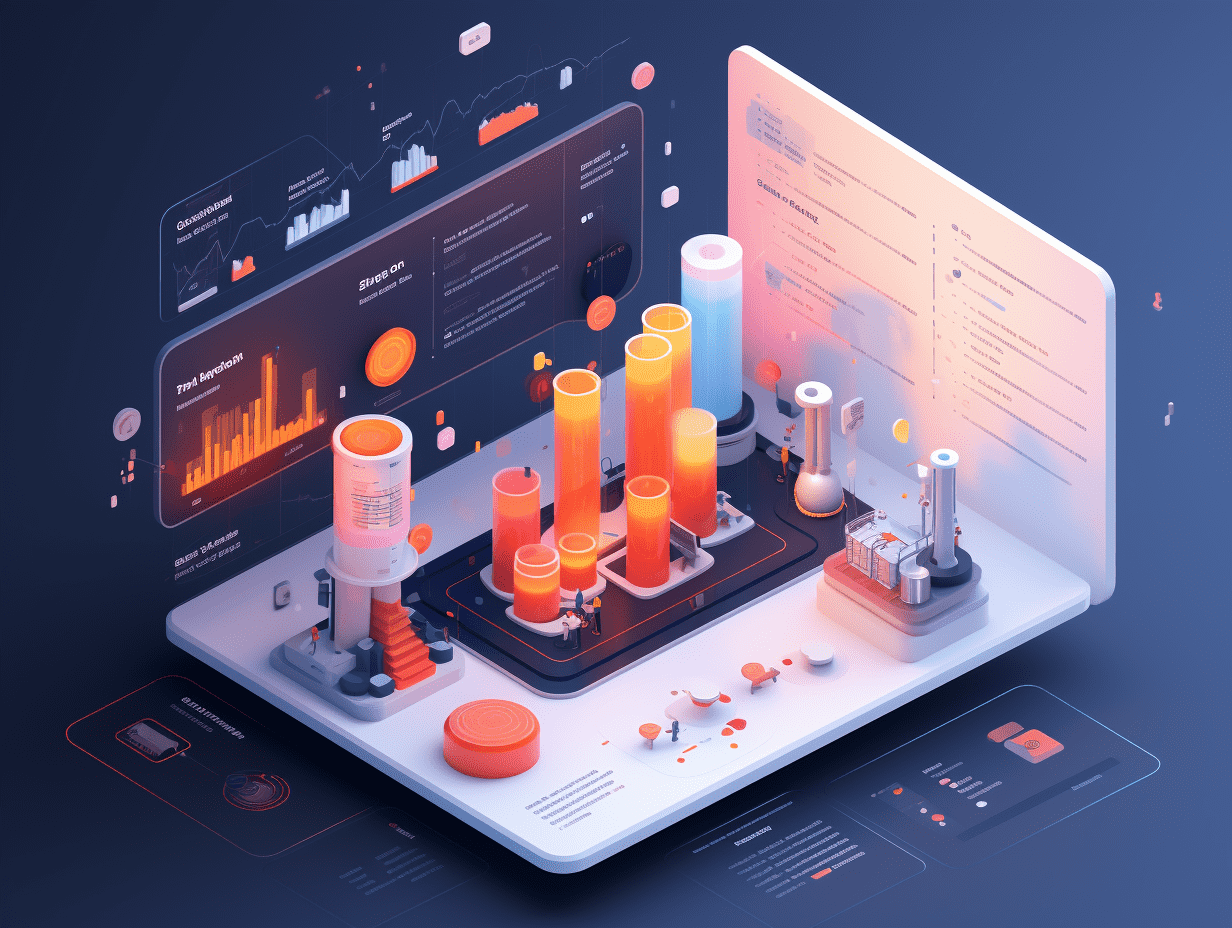
Caitong: The pharmaceutical industry may already be in a new growth cycle, and the idea of innovative drugs and medical devices going abroad remains unchanged.
Caitong released a research report stating that the current pharmaceutical downturn has lasted for 13 quarters. Although the price-earnings ratio is 30% higher than the historical low, it is not an accurate reflection of the company's value considering the long investment period for innovative drugs in the future. The internal and external environment is relatively friendly, with drug pricing and interest rate cuts being positive factors. From the perspective of company development, the strategy of entering foreign markets with innovative drugs remains unchanged.
The medical and biological sector's price-earnings ratio relative to the Shanghai and Shenzhen 300 index is at a reasonable level: as of September 20, 2024, the healthcare industry's TTM-PE ratio was 32.57 times, 30% higher than the historical low PE ratio of 25 times on January 31, 2019. The premium rate relative to the Shanghai and Shenzhen 300 index is 198%, 74 percentage points higher than the historical low premium rate of 124% on February 6, 2018, but lower than the 56% average premium rate over the past ten years.
The innovative drug industry chain may be entering a new growth cycle. External factors affecting innovative drugs mainly include the interest rate environment, indirectly impacting pharmaceutical investment and financing. After the announcement of a 50 basis point cut in the federal funds target range by the Fed last week, the Hong Kong healthcare index saw a weekly increase of 4.3%. Hong Kong's healthcare market is more sensitive to external factors, with a significant increase compared to the A-share pharmaceutical industry. The stocks that rose in the Hong Kong market are mainly companies in the innovative drug industry chain, while the A-share innovative drug market remained relatively flat possibly due to previous policy expectations.
Internal factors affecting innovative drugs mainly include medical insurance pricing policies. This year's medical insurance negotiations are expected to have a significant price range. Drugs with true innovation and high clinical value may see a converging decrease, while products considered to have insufficient innovative value, such as me-too products, may face larger price cuts. Policies will have a profound impact on the valuation of innovative drug companies.
Investment recommendations: bullish on the elasticity of the innovative drug industry chain's foreign expansion, and bullish on the capriciousness of traditional Chinese medicine brands.
For medical equipment and diagnostics, focus on companies such as Inner Mongolia Furui Medical Science, Sinocare Inc., ANGELALIGN, Shanghai Aohua Photoelectricity Endoscope, and others. For CXOs and scientific services, focus on companies with low domestic penetration rates, such as WUXI XDC, Jiangsu Sinopep-Allsino Biopharmaceutical, and others. For innovative drugs, focus on companies such as Jiangsu Hengrui Pharmaceuticals, Shenzhen Salubris Pharmaceuticals, and others. For traditional Chinese medicine, blood products, and commercial companies, focus on companies such as Hubei Jumpcan Pharmaceutical, China Resources Sanjiu Medical & Pharmaceutical, and others.
Risk warning: risks related to anti-corruption events exceeding expectations; uncertainty in the progress of new drug research and development; risks of excessive price reductions in centralized procurement; risks of lower-than-expected implementation of special national debt policies, and so on.
RECOMMEND
©️2013 - 2024 GMT EIGHT Holdings. All Rights Reserved.
Contact: contact@gmteight.com


